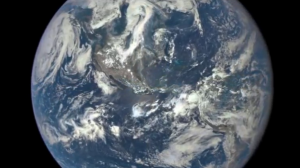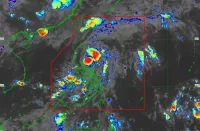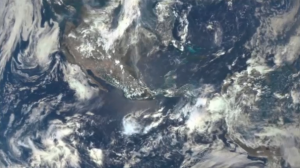 JULY 21 (Reuters) — A NASA camera on the Deep Space Climate Observatory satellite, nicknamed DSCOVR, has taken sent its first image of the whole sun-lit side of Earth.
JULY 21 (Reuters) — A NASA camera on the Deep Space Climate Observatory satellite, nicknamed DSCOVR, has taken sent its first image of the whole sun-lit side of Earth.
The high-resolution photo from NASA’s Earth Polychromatic Imaging Camera (EPIC), released on Monday (July 20), was taken on July 6 from a distance of one million miles.
NASA said the camera takes 10 separate images using different narrowband filters. The image of Earth uses the red, green and blue channel images.
The Deep Space Climate Observatory, or DSCOVR, is a $340 million partnership project of NASA and the National Oceanic and Atmospheric Administration (NOAA). It serves as a weather buoy to give forecasters about an hour’s advance notice of potentially dangerous solar storms, which can damage satellites, interrupt GPS signals and disrupt power grids on Earth.
DSCOVR also has two Earth-watching sensors, including a camera that will take pictures every two hours of the sun-lit side of the planet that will be posted on the Internet. NASA said once the instrument begins regular data acquisition, new images will be available every day, 12 to 36 hours after they are acquired by EPIC.
DSCOVR is 932,000 miles from Earth in a place in space called Lagrange 1, where the gravity between the Earth and the sun are perfectly balanced, allowing for the satellite to orbit the sun.







